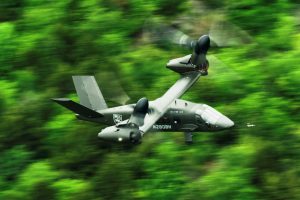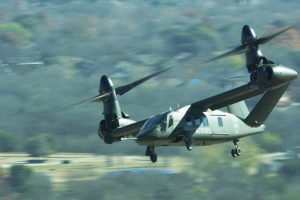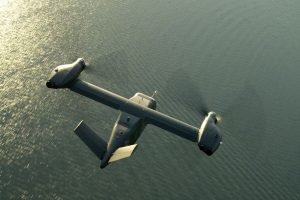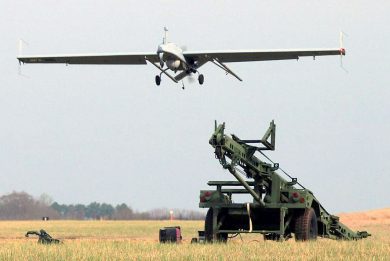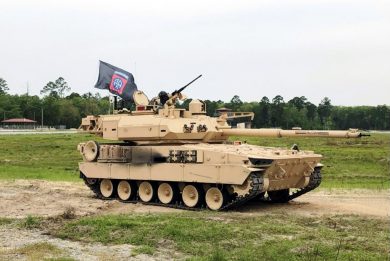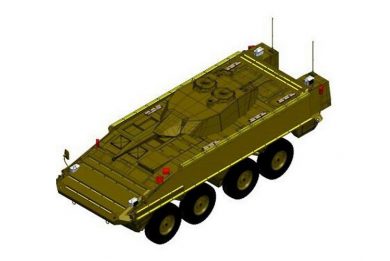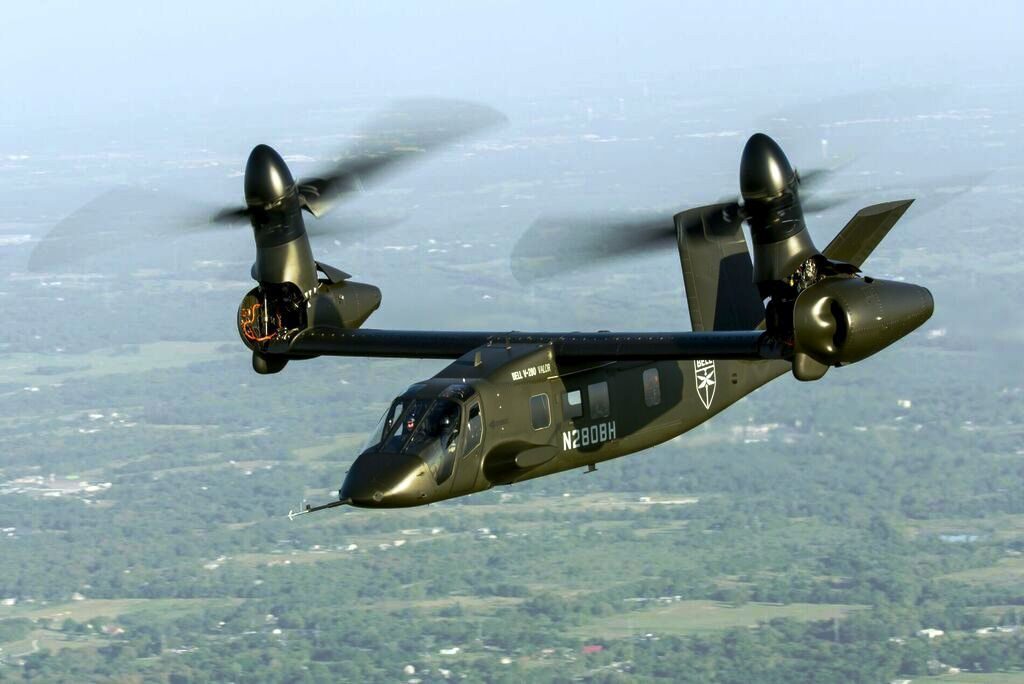
US Army to become tiltrotor operator with selection of Bell V-280 for FLRAA
With the US Army announcing on 5 December that it had downselected the Bell Helicopter V-280 Valor for its Future Long-Range Assault Aircraft (FLRAA) requirement, the service will become an operator of tiltrotor aircraft alongside the US Air Force and US Marine Corps, which both fly the Bell-Boeing V-22 Osprey.
The V-280 will also become the first aircraft in the US Army Aviation inventory featuring fly-by-wire avionics from the outset.
Bell’s V-280 had been pitted the Lockheed Martin (Sikorsky)/Boeing SB>1 Defiant compound helicopter (the basis for that team’s Defiant X FLRAA contender) since 2014, when the two differing design were chosen by the Army to participate in its Joint Multi-Role Technology Demonstration (JMR-TD) process as part of a hybrid acquisition strategy. The respective Bell and Sikorsky-Boeing teams were then issued a request for proposals (RfP) for the army’s FLRAA requirement in July 2021, to which they responded the following September.
One major reason the V-280 was downselected for FLRAA is likely to be pure performance. While the US Army’s original FLRAA request for information, released in mid-2019, stipulated a threshold maximum cruise speed of 250 KTAS (objective 280 KTAS) and a threshold unrefuelled combat radius of 200 nm (objective 300 nm), the V-280 can achieve speeds in excess of 280 KTAS and has an unrefuelled combat range of more than 500 nm. The SB>1 Defiant, meanwhile, has demonstrated a maximum speed of 247 KTAS, while Sikorsky-Boeing stated the Defiant X would have a range of at least 470 nm.
The range of the V-280, according to Carl Coffman, Bell’s vice president for military sales and strategy, gives the V-280 strategic as well as tactical agility. “Tiltrotor agility in this aircraft is immense, but the agility discussion is more than an agility discussion at the X [landing zone] or point of action,” said Coffman, speaking in the week before the FLRAA announcement. “We will be agile at the X, but when I can go a 500 nm radius I’ve got a significant amount of strategic agility now that I don’t have with a traditional rotorcraft.”
The US Army’s Future Vertical Lift (FVL) programme is one of the service’s top modernisation priorities. The FLRAA requirement within that, which is substantially a replacement programme for the US Army’s fleet of UH-60 Black Hawk helicopters, constitutes the biggest chunk of the FVL ‘cake’; although the army has yet to establish an FLRAA programme of record, it currently operates around 2,100 H-60-type aircraft.
Selection of the V-280 for FLRAA is also likely to have a knock-on effect regarding European rotorcraft procurement initiatives, such as NATO’s Next Generation Rotorcraft Capability (NGRC) effort. Initiated in November 2020, with the concept stage launched on 16 June 2022 at the NATO Defence Ministerial Meeting in Brussels, NGRC brings together France, the UK, Italy, Germany, Greece and the Netherlands in a joint effort to define their future medium, multi-role helicopter fleets. The EU, meanwhile, is funding the European Next-Generation Rotorcraft Technologies (ENGRT) study, for which Airbus Helicopters and Leonardo Helicopters announced a teaming arrangement in July.
Leonardo in particular will be encouraged by the fact that the US Army has selected a Bell tiltrotor as its Black Hawk replacement, given that the company’s constituent Agusta business co-developed with Bell the AW609 tiltrotor, which first flew on 6 March 2003. Although the AW609 is currently marketed by Leonardo as a civilian aircraft, the Italian Army has previously shown interest in tiltrotors for rapid troop transport and medical evacuation missions.

